Frequently Asked Questions
1. What is the significance of custom craftsmanship in hunting knives?
2. What materials are commonly used in custom hunting knives?
3. What steps are involved in the knife making process?
4. What personalization options are available for custom hunting knives?
5. How can I care for my custom hunting knife?
When it comes to Hunting Knives, the beauty of custom craftsmanship elevates the experience beyond mere utility. Each knife tells a story—a tale of dedication, artistry, and skill. In this blog post, we will take you behind the scenes to explore the intricate process of how custom knives are crafted, revealing what sets them apart from mass-produced alternatives.
The Art of Knife Making
Knife making is an ancient craft that has evolved over centuries. From primitive tools to sophisticated equipment, the art of crafting knives combines traditional techniques with modern innovations. With custom hunting knives, the process is not just about creating a tool; it's about creating a personalized masterpiece that fits the unique preferences and needs of the user.
Choosing the Right Materials
Every great knife begins with quality materials. The selection of materials is critical in determining the performance and longevity of a hunting knife. Common materials include:
- Blade Steel: High-carbon steels and stainless steels are popular choices for blades. High-carbon steel is known for its ease of sharpening and edge retention, while stainless steel offers excellent corrosion resistance.
- Handle Materials: For handles, makers use a variety of materials like wood, Micarta, G10, and even bone. The choice of handle material affects grip, aesthetics, and durability.
- Tang Type: Various tang styles (full tang, partial tang, etc.) are used, which impact how the knife feels and performs during use.
The Knife Making Process
Crafting a custom hunting knife is a labor-intensive process that requires patience and skill. Here’s a step-by-step look at how it all comes together:
Designing the Knife
The journey begins with the design. Custom knife makers often consult with the client to understand their specific requirements, preferences, and intended use of the knife. Factors like blade length, thickness, and handle ergonomics are discussed in detail. Sketches and digital models may be created during this phase to visualize the final product.
Forging the Blade
Once the design is finalized, the next step is forging the blade. This involves:
- Heating the Steel: The selected steel is heated in a forge until it is malleable. This is a critical step as it allows the maker to shape the steel effectively.
- Hammering the Steel: The heated steel is then hammered into shape—an art that requires strength, precision, and experience. This step aligns the steel's molecular structure, ensuring better durability.
- Quenching and Tempering: After shaping, the blade is quenched in oil or water to harden it. It is then tempered at a lower temperature to relieve internal stress and improve toughness.
Shaping and Finishing
With the blade forged, it’s time for shaping and finishing:
Grinding the Blade
The blade is ground to achieve the desired edge profile. This is done using various grinding tools that gradually refine the blade's shape. The bevel—the angle of the blade’s edge—is carefully created to ensure optimal cutting performance.
Adding the Edge
Once ground, the knife is sharpened to perfection. This involves:
- Precision Grinding: Using finer grits on grinding wheels effectively prepares the blade for a razor-sharp edge.
- Manual Sharpening: Some custom knife makers choose to sharpen knives manually using stones or strops for precise control over the sharpness.
Handle Crafting
The handle is a crucial element of any hunting knife. Custom knifemakers meticulously shape and finish the handle to ensure comfort and ergonomics. This step involves:
- Cutting and Shaping: The handle material is cut to size and shaped to fit the user’s hand.
- Finishing Touches: Sanding and finishing are done to enhance not just the appearance but also to improve grip. A variety of finishes can be applied, from oils to polyurethane for protection against the elements.
Final Assembly
Once the blade and handle are ready, it’s time for them to come together. The assembly of custom hunting knives is a meticulous endeavor:
Attaching the Handle
The tang of the blade is fitted into the handle, often with the use of pins or epoxy for a strong, reliable bond. This is where the knife truly becomes an instrument of functionality and beauty.
Final Quality Control
Quality control is essential. The maker inspects every aspect of the knife, checking for imperfections or inconsistencies. It’s crucial that the knife not only looks good but performs exceptionally well in the field.
Personalization Options
One of the most exciting aspects of custom knives is the ability to personalize them. Clients can often choose from:
- Engravings: Personalized engravings such as names or special dates can add sentimental value.
- Custom Sheath: A matching sheath, crafted with care, complements the knife and provides proper protection.
- Unique Design Elements: Custom inlays, colors, and finishes can be incorporated to make the knife truly one-of-a-kind.
The Value of Custom Hunting Knives
Investing in a custom hunting knife is more than just purchasing a tool; it's acquiring a piece of art that reflects the skill and personality of its maker. The value of a custom knife is evident in several ways:
- Functionality: Custom hunting knives are tailored for performance, making them more reliable in outdoor settings.
- Durability: The use of high-quality materials and craftsmanship ensures a long-lasting tool.
- Sentimental Value: A custom knife often carries personal meaning, making it an heirloom to cherish for generations.
Care and Maintenance of Custom Knives
To ensure the longevity of your custom hunting knife, proper care and maintenance are necessary. Here are some essential tips:
- Cleaning: Clean your knife after each use, especially if it has come into contact with moisture or food. Using warm soapy water and a soft cloth will do the trick.
- Drying: Always dry your knife thoroughly to prevent rust, particularly if it is made from high-carbon steel.
- Sharpening: Regular sharpening helps maintain the blade's edge. Use appropriate sharpening tools to keep it in top shape.
- Storage: Store your knife in a protective sheath or display case to prevent damage.
Craft Your Legacy
Behind every custom hunting knife lies a story of craftsmanship blending with personal narrative. From the thoughtful selection of materials to the intricate processes of forging, grinding, and assembling, every step is filled with passion and dedication. When you choose a custom knife, you're not just purchasing a tool; you’re embracing an art form and investing in a legacy that can last a lifetime. So, whether you're an avid hunter or a collector, make your mark with a custom knife that carries your story.









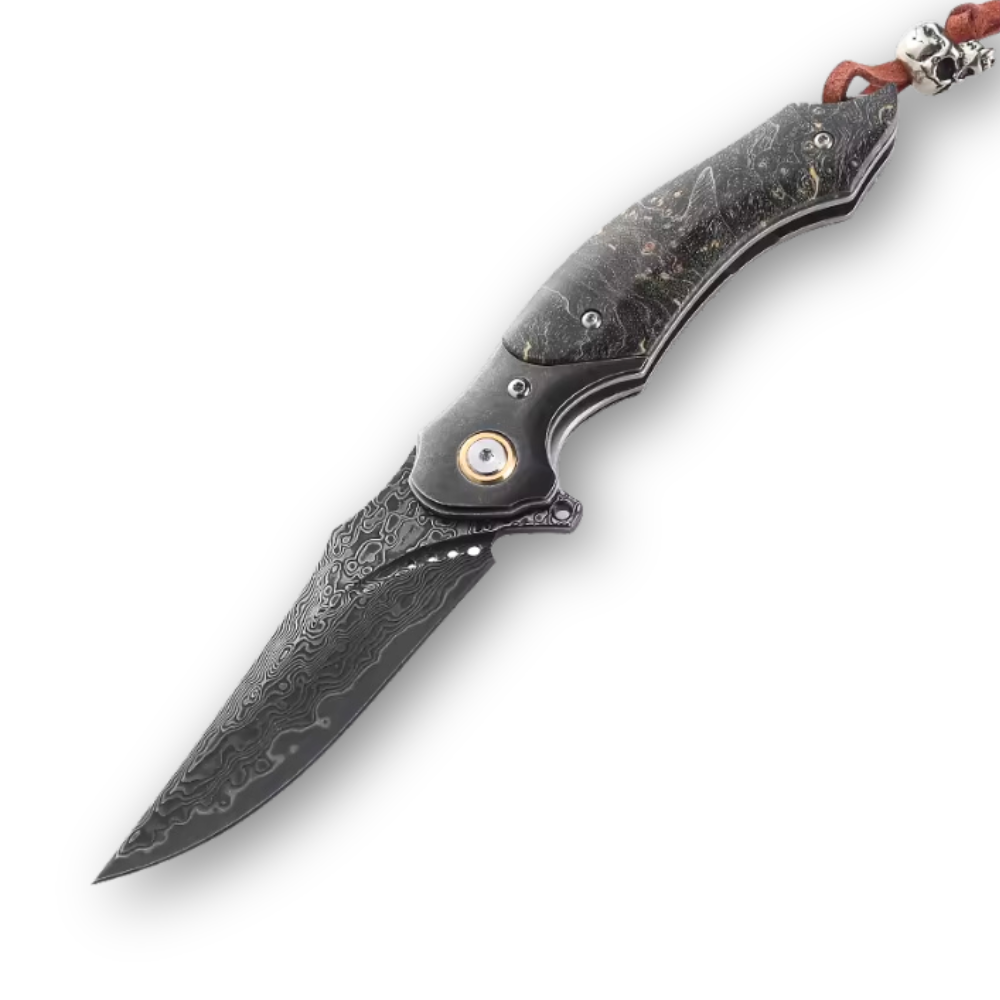










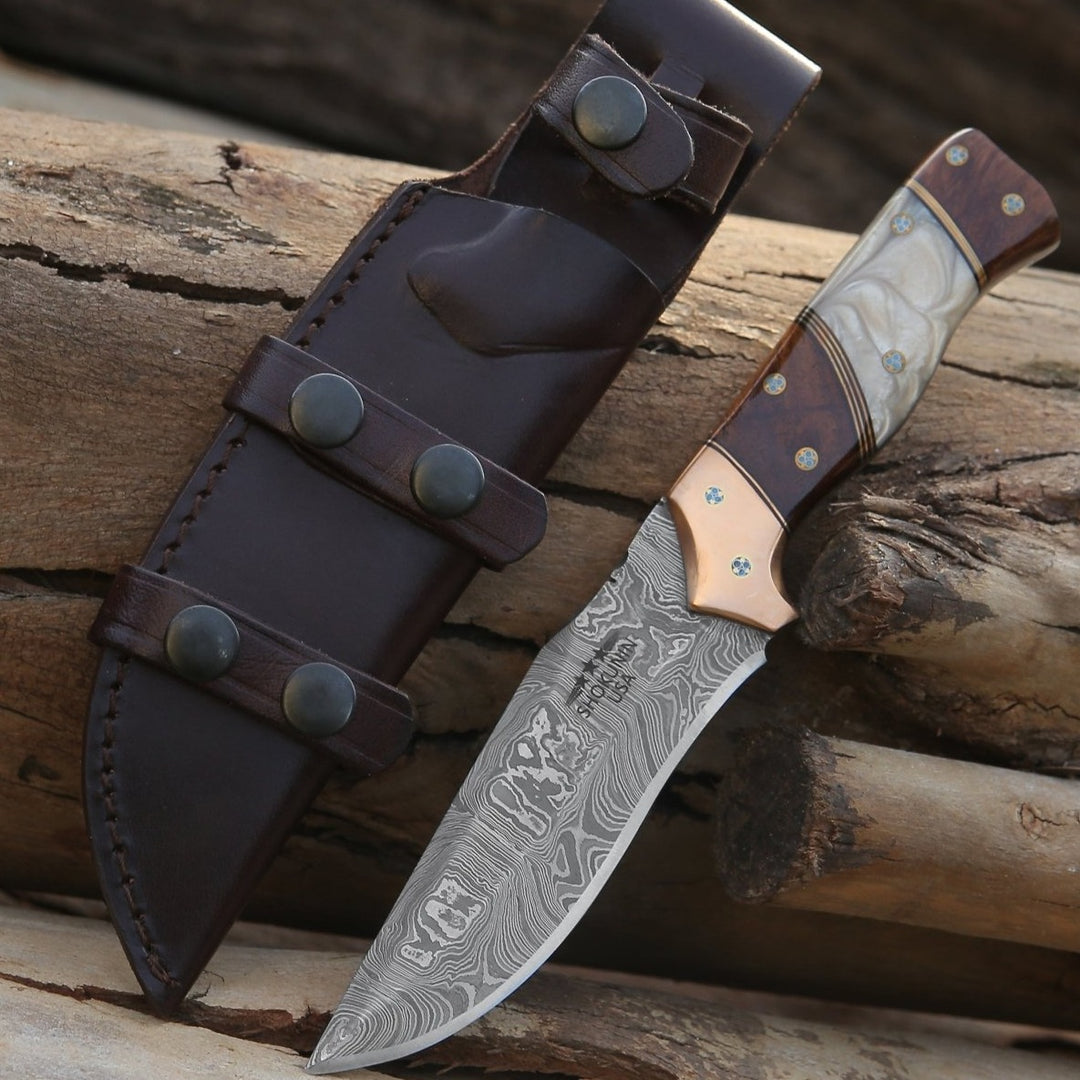
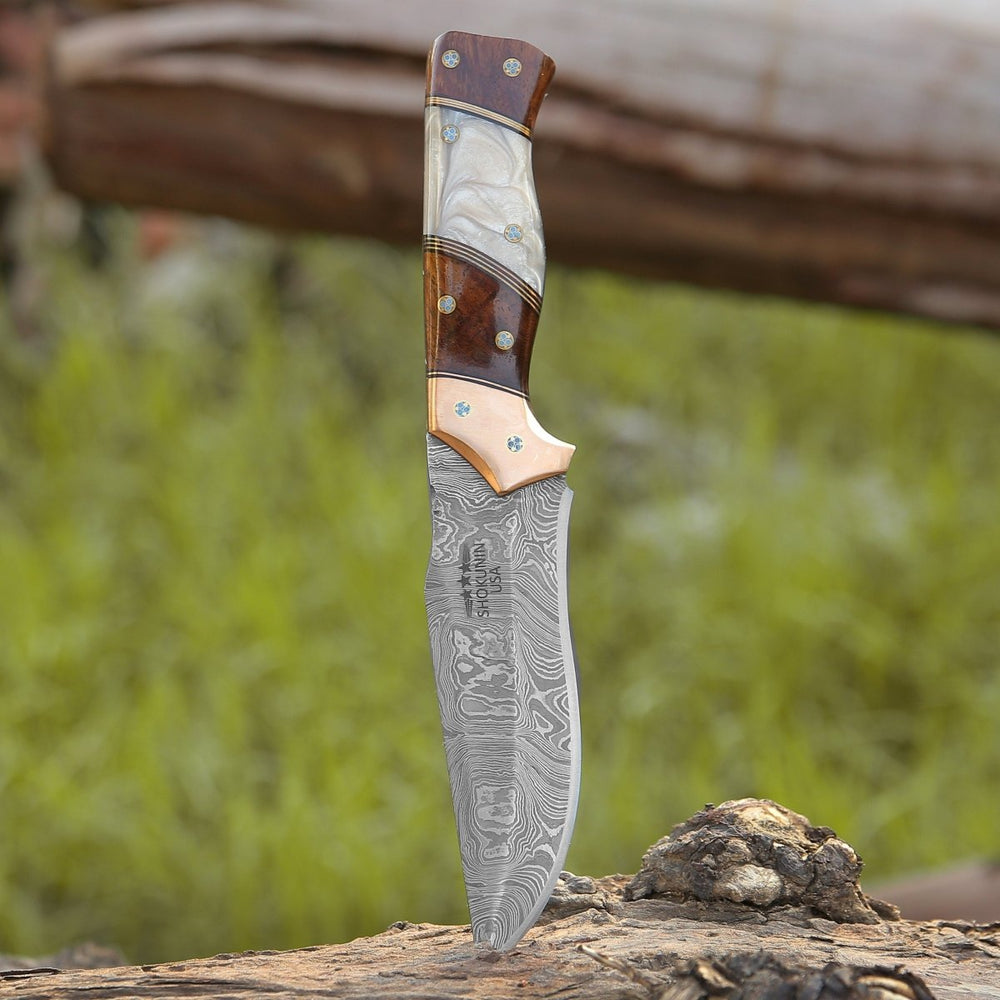


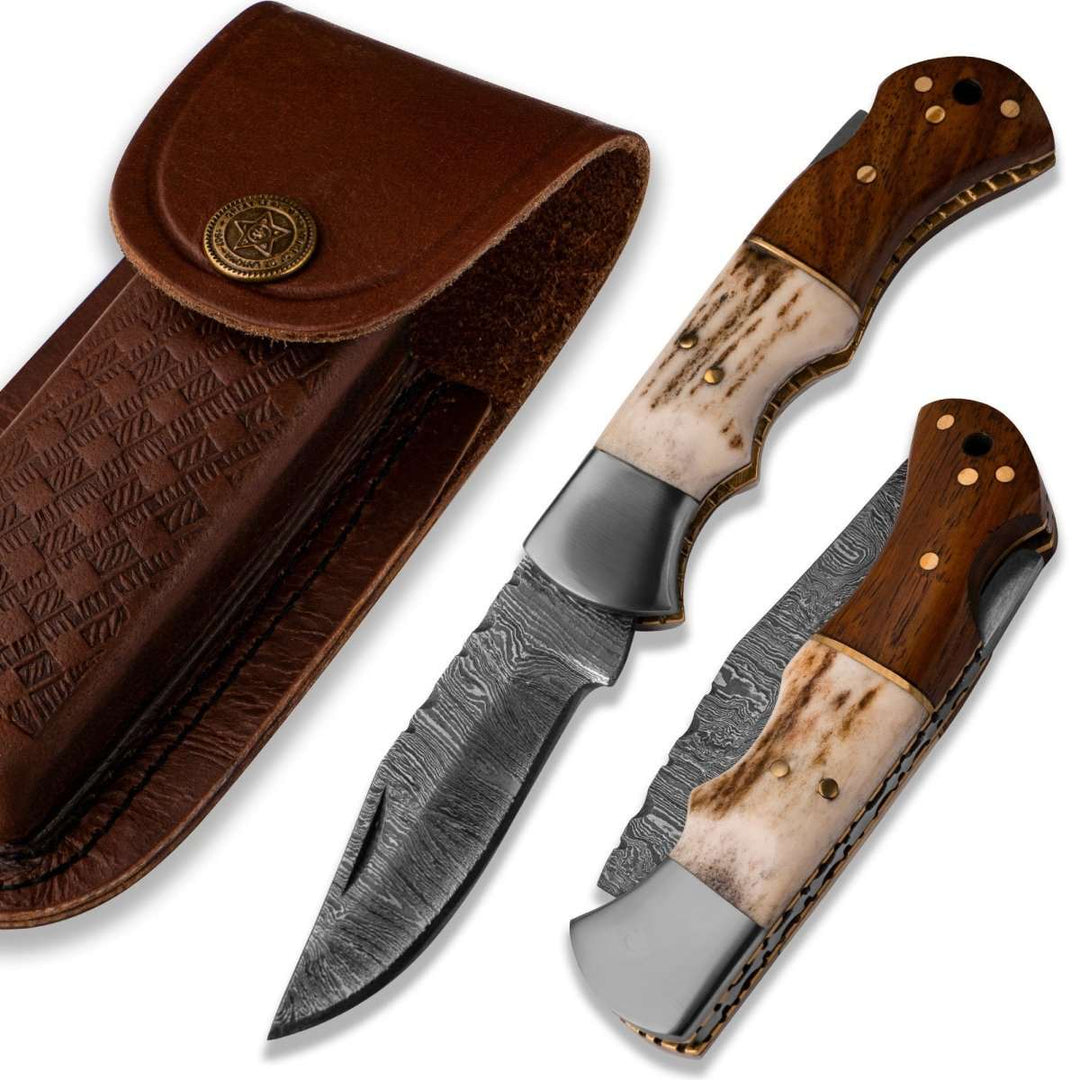
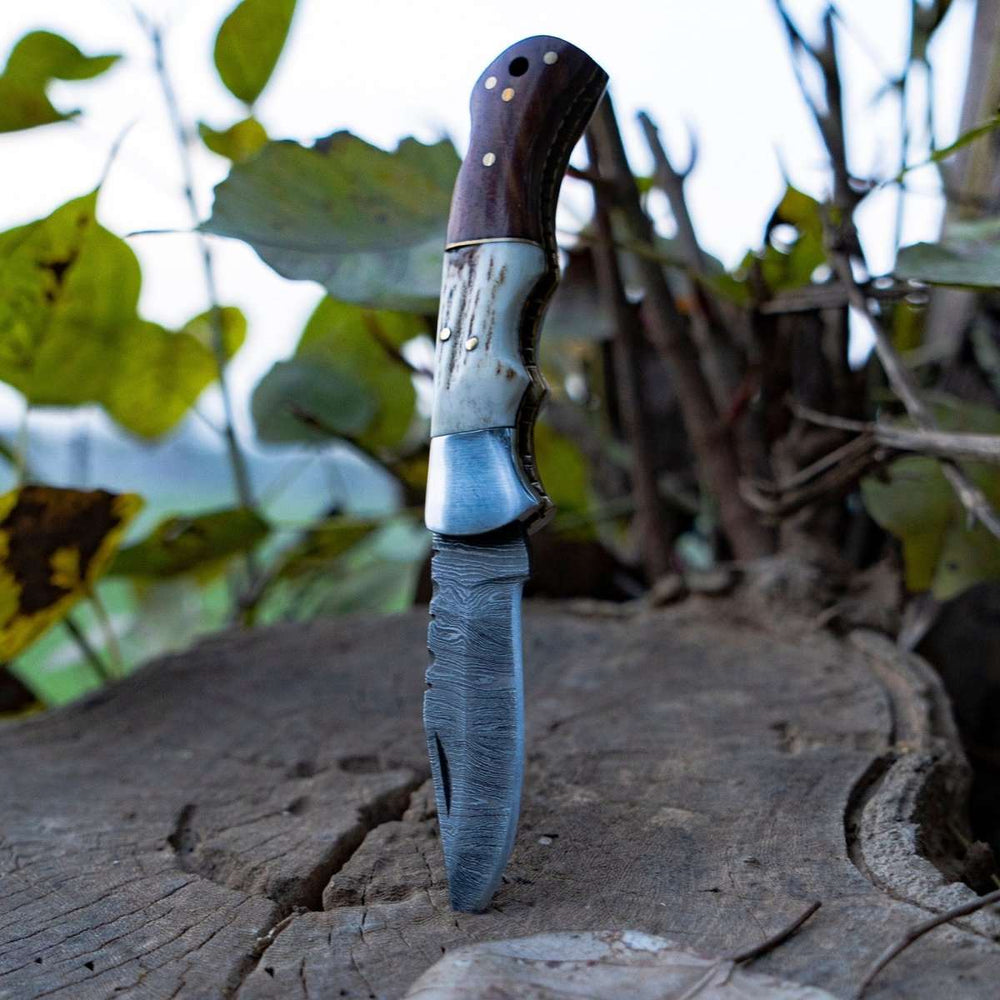




Leave a comment